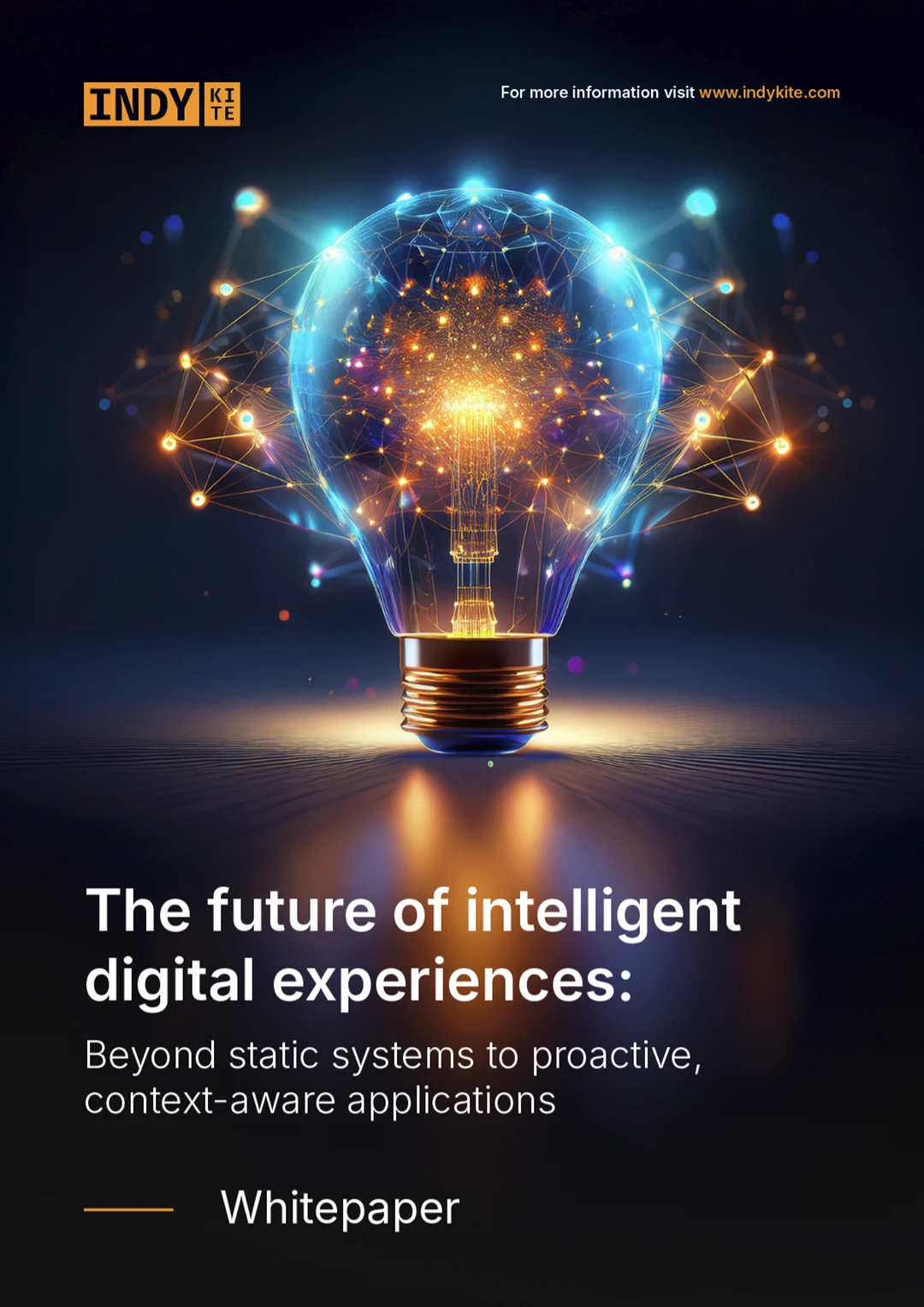Everyone’s talking about what AI can do, and for good reason. Its incredible power is transforming how businesses operate, enabling everything from personalized customer experiences to complex, data-driven decision-making. But as AI systems become more intelligent and embedded into critical workflows, managing who can access what, and under which conditions, becomes not just important but essential.
It’s not only about data protection. It’s about operating within clear, transparent boundaries. For AI to integrate responsibly into enterprise environments, it needs a framework that governs when, where, and how it can act - based on context, not just credentials.
Why AI demands next-level authorization
Traditional access control models - typically built on static roles or broad permissions - weren’t designed for systems that reason, adapt, and act in real time. A simple yes/no check based on fixed roles no longer fits the dynamic nature of AI.
Instead, AI needs authorization that understands:
- Who is making the request
- What they want to do
- What resource is involved
- When and from where the request is made
- Why it's being made
- And the relationships and context behind all of the above
In particular, identifying who is making the request becomes especially challenging in a world where AI agents are increasingly autonomous - capable of acting without direct human prompting.
Put simply, AI must be able to ask: “Is this action allowed, in this exact moment and situation?”
What AuthZEN brings to AI
This is where AuthZEN, a standard developed by the OpenID Foundation, enters the picture.
AuthZEN (Authorization Enhancement) defines a universal and interoperable protocol for requesting fine-grained access decisions based on rich, contextual data. Much like how OpenID Connect standardized authentication, AuthZEN aims to unify the fragmented landscape of authorization by introducing a common interface between enforcement and decision-making components.
It introduces a shared language between Policy Enforcement Points (PEPs) and Policy Decision Points (PDPs), using structured, JSON-based requests to define:
- The subject (who is acting)
- The action being attempted
- The resource being accessed
- The surrounding context (when, where, how)
Instead of hardcoded rules inside every AI application, AuthZEN allows for externalized, flexible authorization logic that still supports real-time decisions inside dynamic workflows.
For AI, this means the ability to operate at scale while respecting guardrails - responding to context, not just code.
One approach: Graph-based authorization with KBAC
The kind of fine-grained, context-aware authorization AI requires often involves understanding complex relationships between people, data, systems, and time-sensitive context.
One way to address this is through Knowledge-Based Access Control (KBAC) - a model that uses graph technology to reflect the richness of these real-world relationships.
By using an Identity Knowledge Graph and acting as an AuthZEN-compliant Policy Decision Point, KBAC can evaluate access requests not just based on who is asking, but also how they’re connected to the resource, what device they’re using, where they’re located, and what’s happened recently.
This supports real-time, adaptive decision-making well beyond the capabilities of traditional RBAC.
Imagine an AI assistant that doesn’t just ask, “Is Alice allowed?” Instead, it asks:
“Is Alice allowed to access this sensitive report, right now, from this device, in this region, considering her role, recent actions, and relationship to the data owner?”
With standardized interfaces like AuthZEN, and graph-driven approaches like KBAC, this level of nuance becomes possible.
Simplifying AI security and compliance at scale
As organizations scale their AI capabilities, security and compliance concerns grow with them. AuthZEN helps tame this complexity by enabling a clear separation of concerns: policy logic lives outside individual AI systems, while decisions are enforced consistently across them.
This means:
- Centralized control
- Policy updates without code changes
- Reduced integration effort
- Fewer blind spots and security gaps
- Easy governance and access certification, since the PDP manages access, it becomes the logical central point for answering all access-related questions.
AuthZEN’s JSON-based format makes it easier for developers to implement consistent policies across multiple AI systems without writing custom logic for each. In regulated industries, this reduces the compliance burden while increasing confidence in how AI decisions are governed.
Avoiding vendor lock-in with open standards
Without a standard, enterprises often face the challenge of integrating different authorization tools, each with their own APIs, languages, and capabilities. This not only increases complexity but makes organizations more dependent on specific vendors.
AuthZEN provides a vendor-neutral bridge, allowing organizations to mix and match components while maintaining a consistent access control strategy across AI systems.
In today’s fragmented enterprise environments, proprietary access control systems can be rigid, limiting innovation and forcing vendor lock-in. AuthZEN, by contrast, is vendor-neutral and designed for interoperability. It gives organizations the flexibility to choose the best enforcement and decision-making components for their architecture and evolving needs.
IndyKite’s native support for AuthZEN aligns with this vision, providing a standards-based, future-proof foundation for access control across dynamic, AI-powered environments.
Toward trustworthy AI
As AI becomes more autonomous and influential, we must pair its power with control that’s flexible, reliable, and explainable. AuthZEN doesn’t just provide a way to enforce access - it creates a framework for trust. It also defines a standardized language that well-behaved AI models could learn and use to ask access questions themselves.
By enabling consistent, explainable, and dynamic decisions, it ensures that AI actions are not only permitted, but also appropriate in context.
Approaches like graph-based KBAC show how we can achieve this level of intelligent, context-aware decision-making at scale. And by building on open standards like AuthZEN, organizations can ensure their AI evolves responsibly - without sacrificing agility or interoperability.
Because unlocking the full potential of AI isn’t just about what it can do - it’s about knowing when it should act, and why. It’s the next step from being merely capable to truly responsible.
Ready to dive deeper?
Learn more about KBAC here.













